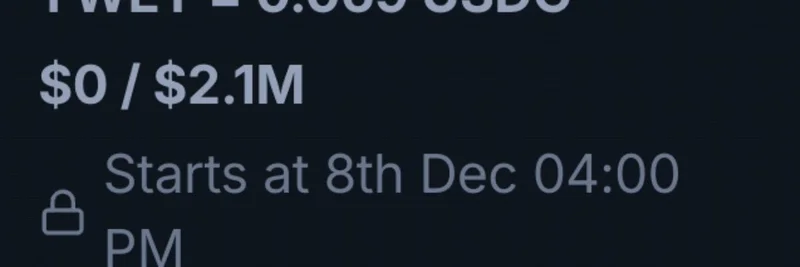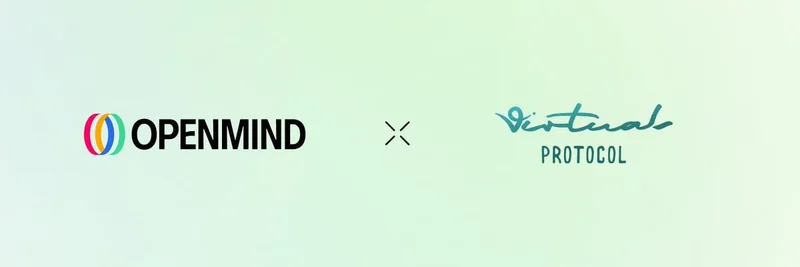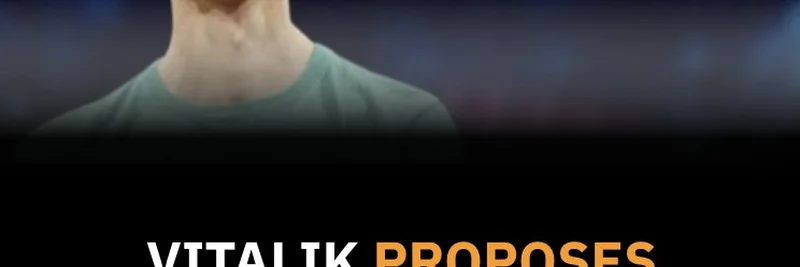If you're diving into the world of blockchain development, especially on the Base network, you might feel a bit overwhelmed by all the tools and platforms out there. That’s where a recent post by nibel.base.eth on X comes in handy. Posted on March 17, 2025, this thread offers a clear, practical guide for developers building on Base, an Ethereum Layer 2 solution designed to make transactions faster and cheaper. Let’s break it down and explore what it means for you.
What’s Base, and Why Does It Matter?
First, let’s clarify what Base is. Base is a Layer 2 blockchain built on top of Ethereum, the big-name blockchain known for smart contracts and decentralized apps (dApps). Layer 2 solutions like Base help solve Ethereum’s scalability issues—think faster transactions and lower fees—while keeping the security of the main Ethereum network (Layer 1). If you’re new to this, think of Base as a turbo boost for Ethereum, making it easier to build and use apps without the high costs or delays.
Nibel’s post is all about helping developers get started on Base by pointing them toward “base primitives”—key platforms and tools that can supercharge your project. These aren’t random suggestions; they’re strategic picks to make your app stand out and connect with users.
Key Primitives for Building on Base
Here’s what nibel recommends, explained in simple terms:
Zora for Media and NFTs
If you want people to view, share, or mint (create) media content like NFTs (non-fungible tokens, which are unique digital assets), Zora is your go-to. Zora is a platform on Base where creators can mint NFTs, and users can buy, sell, or collect them. It’s especially great for artists, musicians, or anyone building apps with digital collectibles. For example, Zora recently updated its revenue model in 2023 to give creators a bigger cut of minting fees, making it a win for the creator economy in Web3.Farcaster for Social Features
Want your app to have a social media vibe, like a scrolling news feed where users can interact? Farcaster is the platform to check out. It’s a decentralized social network built on the Optimism blockchain (another Layer 2 solution) and is gaining traction for its focus on privacy and user control. Nibel mentions preparing for “framesv2” and integration with Coinbase Wallet, which means Farcaster is evolving to make social interactions more programmable and accessible. In 2024, Farcaster’s Frames feature became a big deal, letting developers add interactive elements to posts—think mini-games or buttons within a social feed.Aerodrome for Token Visibility and Liquidity
If your project involves tokens (like cryptocurrency or governance tokens), Aerodrome is key for getting them seen and traded. Aerodrome is a decentralized exchange (DEX) and liquidity hub on Base, similar to Uniswap but tailored for this network. It helps create a “liquidity flywheel,” meaning more trading activity can drive up your token’s value and usability. It’s perfect for projects needing a marketplace where users can swap, stake, or invest in tokens.Moonwell for Treasury Management
For apps that need to manage funds—think lending, borrowing, or saving—Moonwell offers decentralized finance (DeFi) tools. It’s like a bank for your blockchain project, but without the middleman. You can use it to handle treasury operations securely on Base, making it easier to manage money flows for your dApp.BMX for Perpetual Futures Trading
If your app involves trading, especially perpetual futures (contracts with no expiration date), BMX is the spot. It’s a decentralized platform on Base for trading these financial instruments, appealing to users who want advanced trading options without the high fees of traditional exchanges.
Why These Recommendations Matter
Nibel’s advice isn’t just a random list—it’s about creating synergies. By integrating with these platforms, your app can tap into their user bases, features, and ecosystems. For instance, combining Zora’s NFT capabilities with Farcaster’s social features could let users mint and share NFTs directly in a social feed. Or, using Aerodrome for liquidity alongside Moonwell for treasury management could create a robust financial backbone for your project.
The post also hints at the broader potential of Base: “We’re just getting started.” With Ethereum’s growth driving demand for scalable solutions, Base is becoming a hotspot for developers. By leveraging these primitives, you’re not just building an app—you’re joining a growing ecosystem.
A Quick Note on the Bigger Picture
If you’re curious about the tech behind this, Base inherits Ethereum’s security but offloads some work to Layer 2, reducing congestion. According to Coinbase, Layer 2 solutions like Base use rollups or sidechains to process transactions off-chain and then settle them on Ethereum, keeping things fast and cheap. This makes Base ideal for dApps, NFTs, and DeFi projects, which is why platforms like Zora, Farcaster, and Aerodrome thrive there.
What’s Next for Developers?
Nibel’s thread doesn’t stop at recommendations—it’s a call to action. If you’re building on Base, explore these tools, experiment with integrations, and watch how they can elevate your project. The crypto space moves fast, and Base is still evolving, so staying connected with communities like those on X or platforms like Farcaster can keep you in the loop.
Whether you’re a newbie or a seasoned developer, this guide offers a roadmap to building something impactful on Base. So, grab your code editor, check out Zora, Farcaster, Aerodrome, and the rest, and start creating something awesome!




